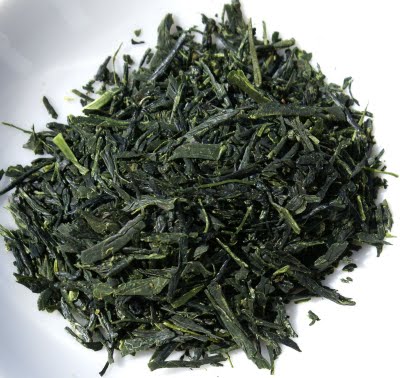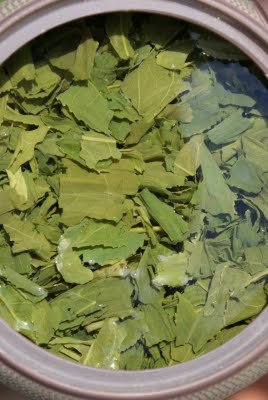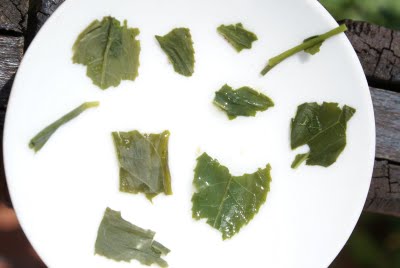Lifespan of tea
Tea is perishable. Green tea doesn’t age. Drink your Japanese sencha within a few weeks. Lies, all lies.
Tea is perishable. Green tea doesn’t age. Drink your Japanese sencha within a few weeks. Lies, all lies.
After my article on the 2009 teas from renowned tea master Yoshiaki Hiruma of Japan’s Saitama, here’s a look at this 2010 vintage, including the famous hand-rolled temomicha.
Three green teas freshly brought form Japan, from renowned merchants Kaburagien, Kubotaen and Azumaen. Includes a stellar tea blended by celebrity teamaster Fumio Maeda – and man, is it good!
Great thanks to readers who are enduring this Japanese tea marathon. We are done with sencha / shincha for now but a few more reviews are pending for other tea types. Here’s one that you don’t see often: kabusecha. Tea geeks will know it’s a style midway between sencha and gyokuro: the tea trees are shaded during the last stage of vegetation but for a shorter period than real gyokuro (days instead of months). The result is a tea that’s heftier than gyokuro but having less catechins, is less grassy and pungent than sencha. An intermediate style that’s rarely seen on sale, it is a by-product of gyokuro for some, and a distinctive tea category for others.

Marukyu-Koyamaen are selling this 2008 Takamado Kabusecha for ¥1,100 / 90g can. The dry leaf has that nice dark green colour of good quality Japanese green tea, with a bit more fragmentation than in the recently reviewed sencha from Marukyu. It’s actually looking more like gyokuro than sencha to my taste, though the leaves are larger. The aroma is quite distinctive. There’s none of the intense sweet fruit of sencha, instead the profile is very vegetal (almost spicy) ranging from olive oil to spinach.
Infusion no. 1 (60 seconds at 70C): a light colour typical of a low-steamed [asamushi] tea.
We find the latter scent again in the infused leaves: boiled spinach. Brewed sencha style (2g of leaf / water @ 70C / 1 minute steep) the flavour register is consistent with the leaf aroma: very green and vegetal, without the top citrusy notes of sencha, and not exactly ‘milder’ as people often define kabusecha. A bit of kick on the finish. Good length and an overall impression of cleanliness and very good leaf material. There’s very little bitterness even when brewed at higher temperatures, although it’s really a simple tea with no great depth.

Spent leaves show low steaming and good quality: whole and wholish leaves, no fannings.
I’ve juggled a bit with the variables here. Kabusecha being mid-way into gyokuro territory, you’re naturally tempted to brew it like the latter. While there’s reasonable texture and a kiss of umami to be obtained, this tea just lacks the guts to benefit much from higher dosage and longer infusions. On the other hand, brewing at 80C and 2–3 minutes results in a pervasive seaweedy vegetality and an almost matcha-like powderiness that shows a bit of 2008 staleness, so I don’t recommend that. It’s at its most satisfying and distinctive brewed as in the tasting note above. And it’s one tea that IMHO benefits most from a Tokoname kyusu pot, with the rough vegetal edges rounded off a bit and some extra creaminess to the texture added.
As mentioned, this is a simple, one-dimensional tea with not a lot of content, plus it’s clearly going down as a 2008. That being said, it is very good quality as all Marukyu offerings IME, is really inexpensive, and makes a fine change from your daily sencha.
